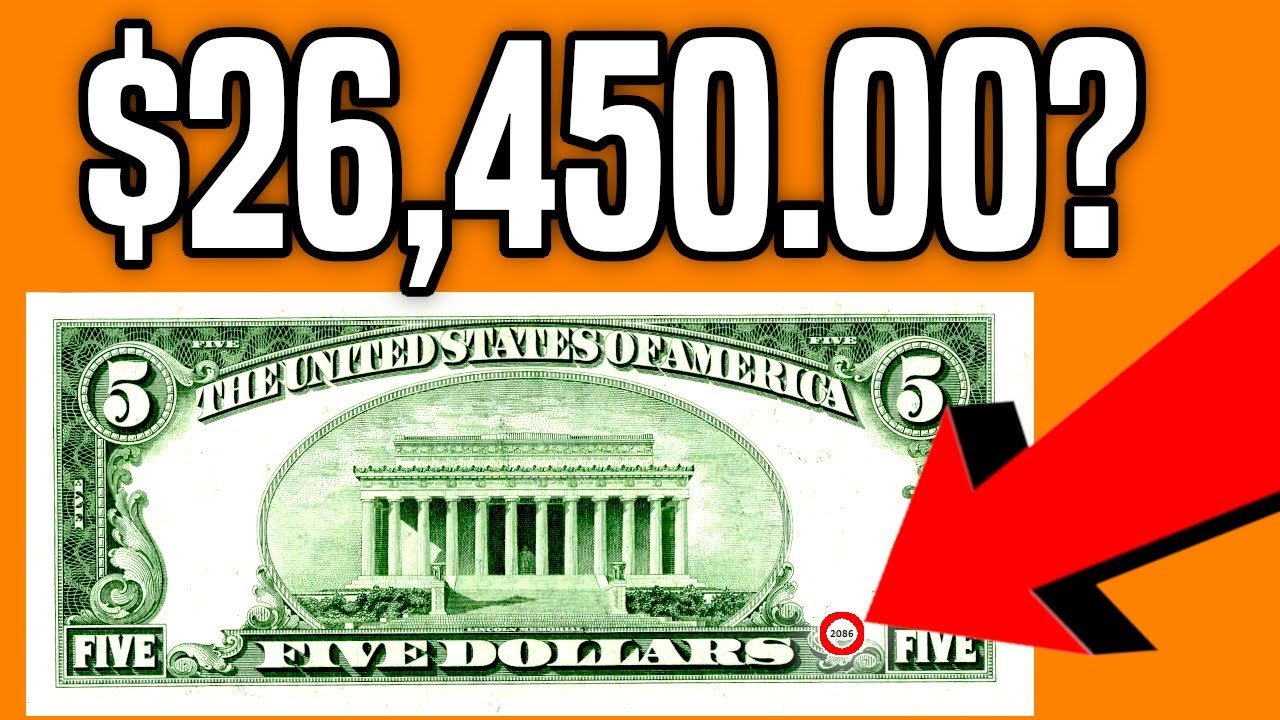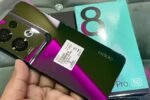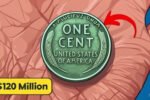Check the Money in Your Pocket: How to Identify a 1995 $5 Bill With an Upside-Down Seal
When it comes to U.S. currency, most people focus on face value and spend bills without a second thought. However, certain rare printing errors can turn ordinary notes into valuable collectibles. One of the most intriguing examples is the 1995 $5 bill with an upside-down seal. Collectors are constantly on the lookout for this rare misprint, and it could mean your wallet is holding something worth much more than five dollars.
What Makes the 1995 $5 Bill Special?
The 1995 series of $5 bills was part of regular U.S. currency circulation, featuring Abraham Lincoln on the front and the Lincoln Memorial on the back. Most bills printed during this series are completely ordinary. But in a small number of cases, a printing mistake occurred: the Treasury Seal, usually positioned to the right of Lincoln’s portrait, was printed upside down.
These types of errors are incredibly rare because the Bureau of Engraving and Printing (BEP) has strict quality control procedures. Most flawed bills are caught before circulation. However, a handful slip through, making them valuable to collectors.
Why an Upside-Down Seal Matters
Error notes attract attention because they are not supposed to exist. The upside-down seal on a 1995 $5 bill is immediately noticeable once you know what to look for. Instead of the green seal facing the correct way, it appears inverted, creating an unusual and eye-catching mistake.
For currency collectors, or numismatists, this type of error falls under “major printing errors,” which are more desirable than minor misprints like ink smears or slight misalignments. Major errors often fetch hundreds—or even thousands—of dollars, depending on condition and rarity.
How to Identify a Genuine Error Note
If you suspect you have a 1995 $5 bill with an upside-down seal, here are the steps to confirm it:
- Check the Series Date – Look at the bottom right of the bill’s face. It should clearly say Series 1995.
- Inspect the Treasury Seal – The green seal on the right side of Abraham Lincoln should be upside down. Make sure it is a true inversion, not just a rotated or distorted image.
- Examine the Printing Quality – Genuine error notes still have sharp, clear printing. If the seal looks fuzzy, it may be counterfeit.
- Look for Other Standard Features – Watermark, security thread, and fine print should all match authentic 1995 bills.
If your bill checks all these boxes, you may have a collectible note in your possession.
How Much Is It Worth?
The value of a 1995 $5 bill with an upside-down seal depends on condition, rarity, and collector demand. On average, such error notes can sell for $500 to over $2,500 at auctions or through private collectors. Bills in uncirculated or crisp condition are worth the most. Heavily worn notes may still bring a premium, but at a lower range.
Because demand for error notes is strong, especially in U.S. paper money collecting, prices may continue to rise as more people become aware of them.
Where to Sell or Verify Your Bill
If you think you’ve found one of these rare bills, consider the following steps:
- Authentication: Have the bill examined by a reputable currency dealer or grading service like PCGS Currency or PMG (Paper Money Guaranty).
- Auction Houses: Heritage Auctions and Stack’s Bowers are well-known for selling rare U.S. currency.
- Collectors’ Forums: Online communities and marketplaces can also connect you with serious buyers.
Conclusion
Most $5 bills from 1995 are worth exactly five dollars. But if you happen to come across a 1995 $5 bill with an upside-down seal, you could be holding a piece of currency history worth hundreds or even thousands. Always check the money in your pocket—you never know when a simple printing mistake might turn into a collector’s treasure.
Friends, I hope you liked the information given by us again. If you liked the post, then please allow Like Share, Comment and Notification.
Thank you…





